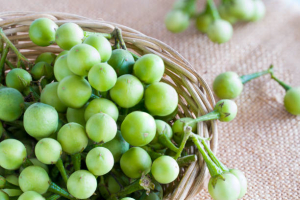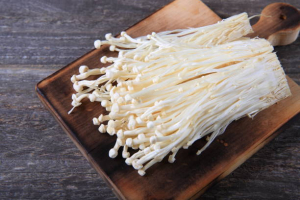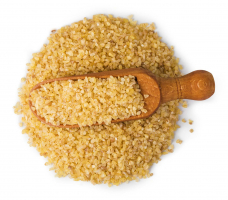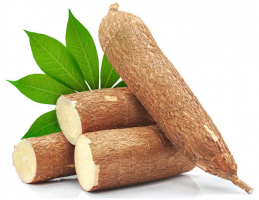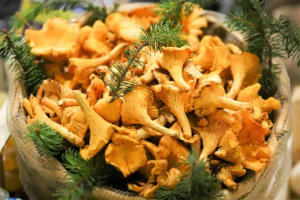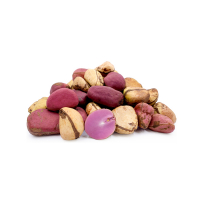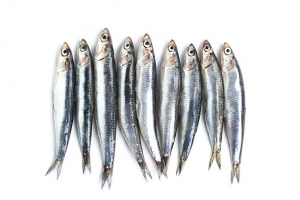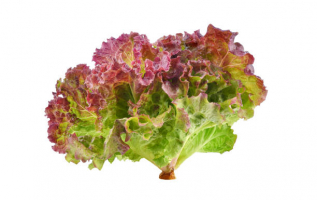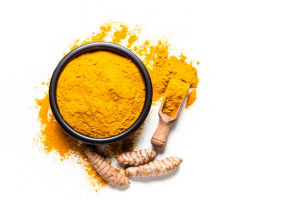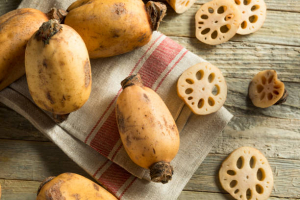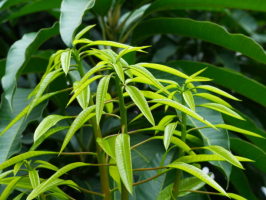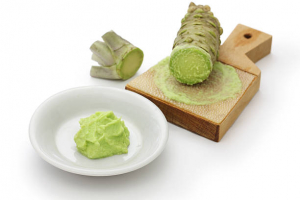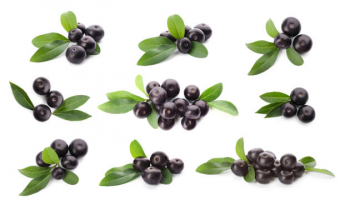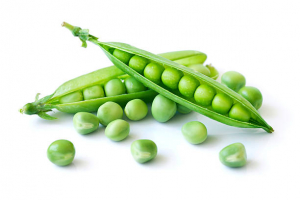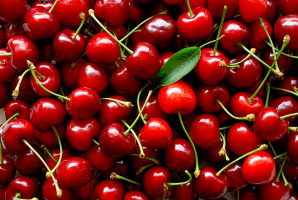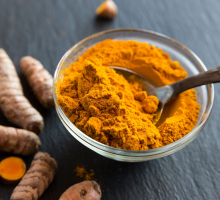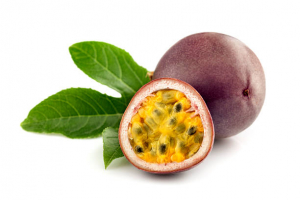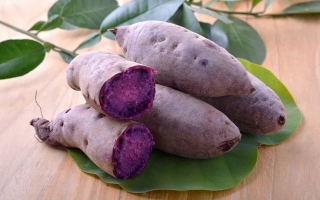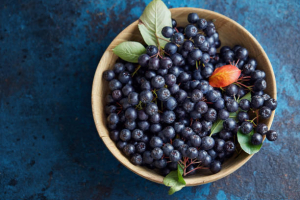Top 7 Health Benefits of Quinoa
Quinoa has acquired appeal as a health food in the United States and other Westernized nations, despite the fact that people in South America have been ... read more...producing it since ancient times. In fact, the Incas believed this ancient grain to be a holy meal hundreds of years ago. Quinoa's popularity has expanded tremendously over the last several decades, as there has been a surge in demand for easy-to-grow, healthy, gluten-free grain alternatives. Quinoa is not only high in nutrients, but it may also provide health advantages. This article discusses the best quinoa health benefits.
-
Quinoa is an edible grain crop produced for its seeds. Although it is commonly associated with cereal grains such as oats and barley, quinoa is technically a pseudocereal grain. In other words, it is essentially a seed that is processed and consumed in the same manner as a grain. Buckwheat and amaranth are two more pseudocereal grains. Quinoa comes in a variety of colors, including red, black, and white. Here is the nutrient for 1 cup (185 grams) of cooked quinoa:
- Calories: 222
- Protein: 8 grams
- Fat: 3.55 grams
- Carbohydrates: 39 grams
- Fiber: 5 grams
- Folate: 19% of the daily value (DV)
- Vitamin B6: 13% of the DV
- Vitamin E: 8% of the DV
- Copper: 39% of the DV
- Iron: 15% of the DV
- Zinc: 18% of the DV
- Manganese: 51% of the DV
- Magnesium: 28% of the DV
- Phosphorus: 22% of the DV
Quinoa is a good source of a number of important nutrients, including folate, magnesium, zinc, and iron. It’s also rich in fiber and protein, nutrients that play an important role in helping you feel full.
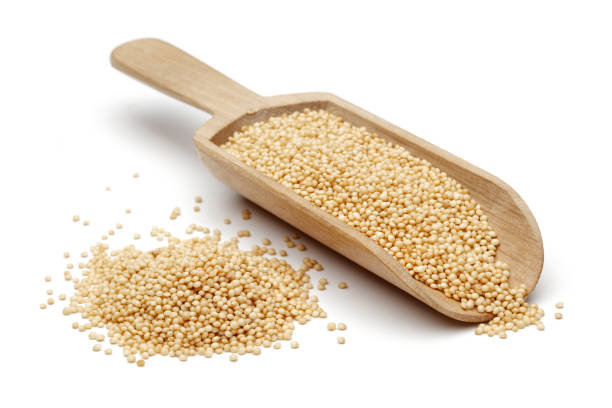
Packed with nutrients 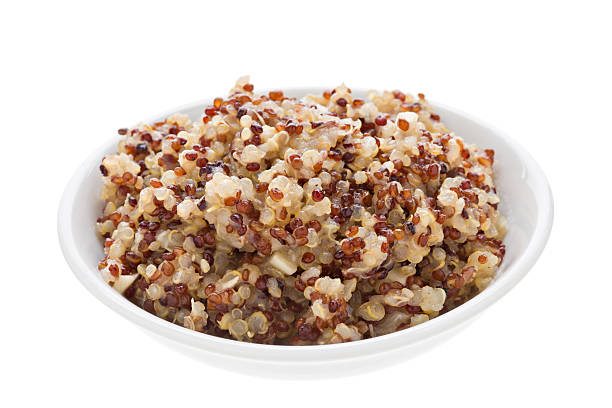
Packed with nutrients -
The health benefits of whole foods extend beyond the vitamins and minerals they provide. Quinoa, for example, includes various plant components that may help health in a variety of ways. Quercetin and kaempferol are two flavonoid plant components that have received a lot of attention. Quinoa's major flavonoids are as follows.
Quercetin and kaempferol are anti-inflammatory and antioxidants in the body, which means they help protect cells from harm caused by unstable molecules known as free radicals. More flavonoid-rich foods, such as quinoa, may boost general health and protect against certain illnesses and death. You may dramatically boost your total intake of these and other antioxidant chemicals by incorporating healthful foods like quinoa into your diet.
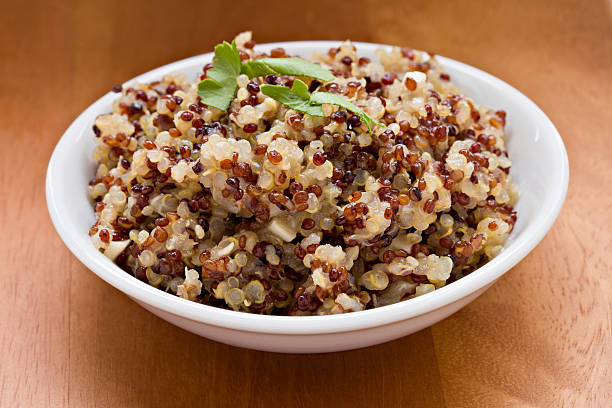
Contains antioxidant and anti-inflammatory plant compounds 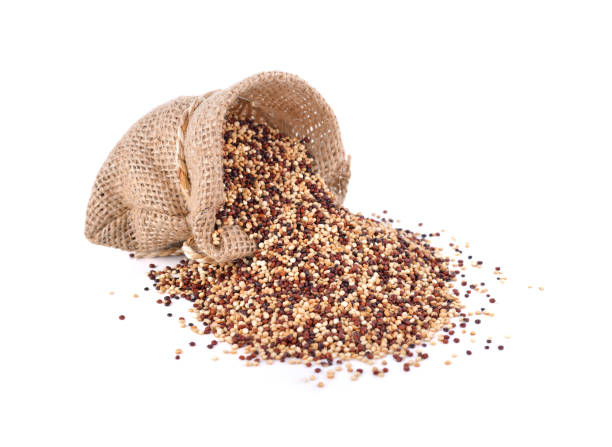
Contains antioxidant and anti-inflammatory plant compounds -
Quinoa's high fiber content is another significant advantage. 5.18 grams of fiber are included in a 1-cup (185-gram) meal of cooked quinoa. This is almost 18% of the current 28-gram DV. Quinoa has more fiber than brown rice and numerous other popular grains. A 1-cup (195-gram) meal of cooked brown rice, for example, contains 3.51 grams of fiber, 1.67 grams less than the same serving size of quinoa.
By fostering regular bowel movements and feeding good microorganisms in your stomach, fiber-rich foods like quinoa can help maintain your digestive health. Furthermore, a rich fiber diet might help you maintain healthy body weight. Fiber contributes to sensations of fullness. Combining high-fiber meals like quinoa with high-protein foods might help you feel fuller longer and may help you control your portion sizes.
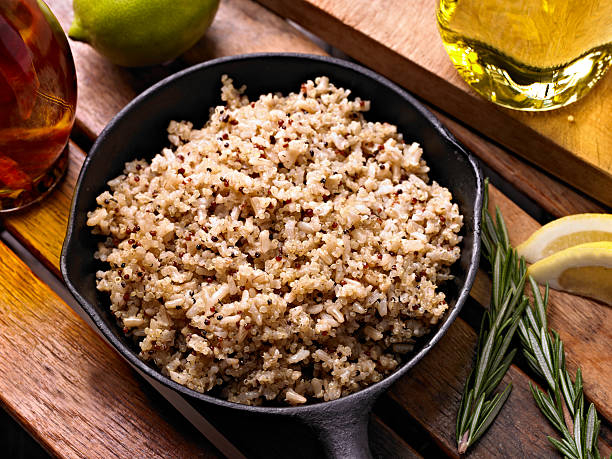
Higher in fiber than many grains 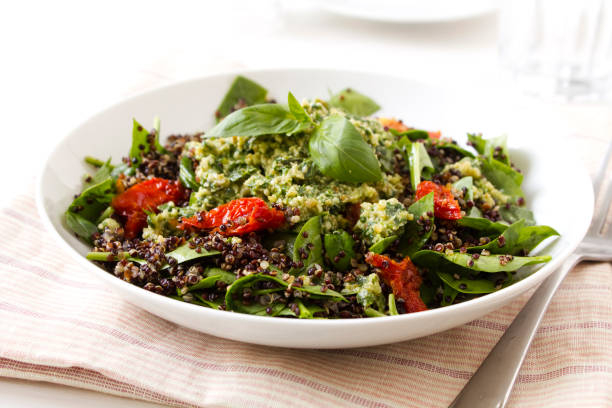
Higher in fiber than many grains -
Some patients with gluten intolerance, including celiac disease and non-celiac gluten sensitivity, must avoid gluten-containing foods. Gluten-free diets require gluten-free replacements for gluten-containing cereals such as wheat, barley, and rye. Quinoa is naturally gluten-free, making it a healthful option for anyone who wants or needs to exclude gluten from their diet.
Unlike gluten-free products made with refined ingredients, quinoa is a good source of nutrients that gluten-free diets often lack, like:
- fiber
- folate
- zinc
- magnesium
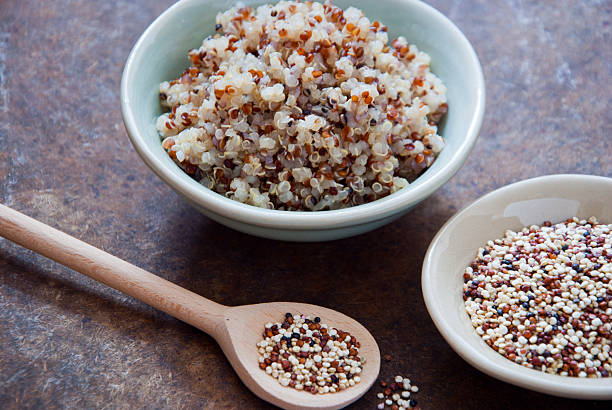
Gluten-free and great for people with gluten intolerance 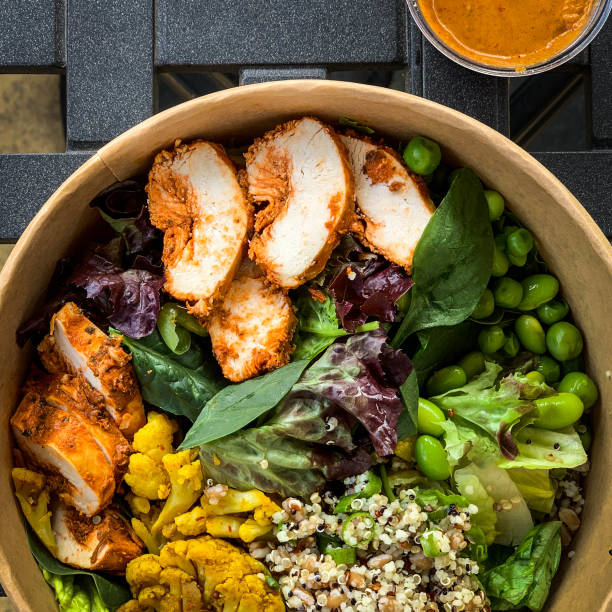
Gluten-free and great for people with gluten intolerance -
Quinoa is high in protein, with 8 grams per cooked cup (185 grams). Quinoa is frequently described as a complete protein. This is due to the fact that it includes all nine of the necessary amino acids that your body cannot produce on its own. However, other specialists contend that quinoa should not be called a complete protein since it lacks important amino acids, such as lysine. As a result, experts recommend that quinoa be classified as a "nearly complete" protein rather than a complete protein.
In any case, quinoa is a rich source of protein, and including it in your diet can help you achieve your daily protein requirements. This is especially true for vegans and those who eat a plant-based diet. By mixing quinoa, beans, tofu, and mixed veggies, you can quickly prepare a plant-based, protein-rich dinner.
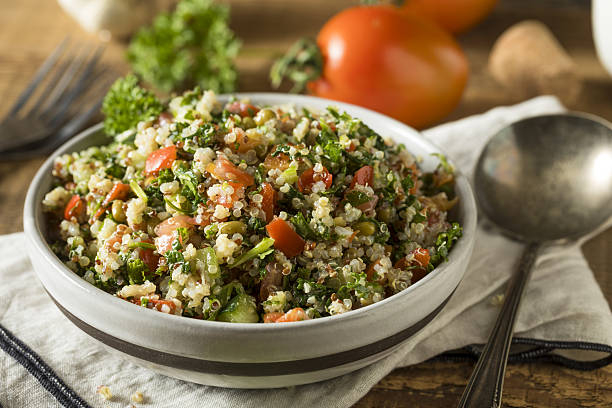
A good source of protein 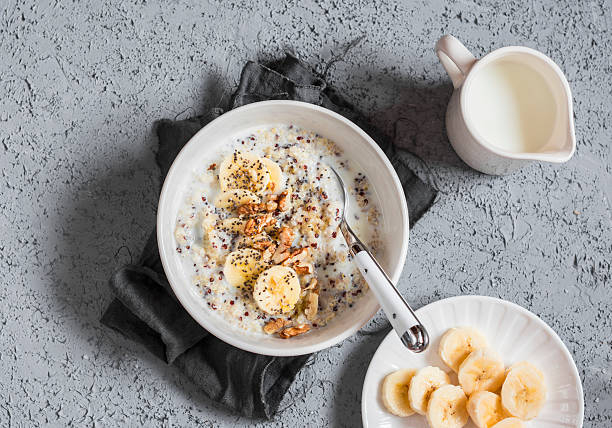
A good source of protein -
Many people do not consume enough key essential nutrients. According to research, many children and adults do not get enough vitamins and minerals, such as folate, potassium, iron, and magnesium. Furthermore, research indicates that 95% of American adults and children do not ingest the required quantity of fiber. A lack of fiber can harm your health in a variety of ways. Quinoa is high in fiber and contains a variety of vitamins and minerals that are deficient in many people's diets. Quinoa can help you achieve your magnesium, potassium, iron, fiber, and folate needs, which is especially essential during pregnancy owing to its involvement in fetal growth and development.
However, by washing, soaking, or sprouting the quinoa before cooking, you may lower the antinutrient content and increase the bioavailability of these elements. Quinoa has a lot of oxalates. If you have reoccurring kidney stones, you should be concerned since oxalates might contribute to this problem.
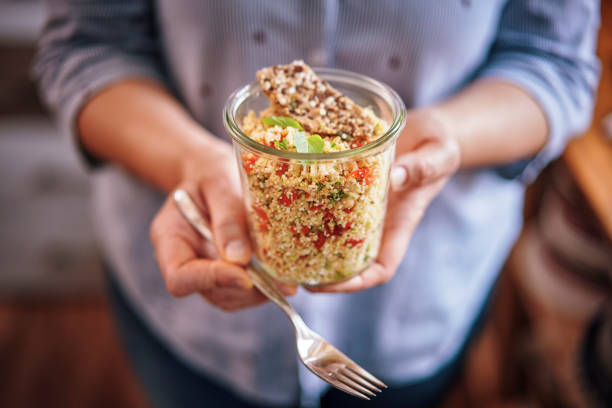
High in important vitamins and minerals 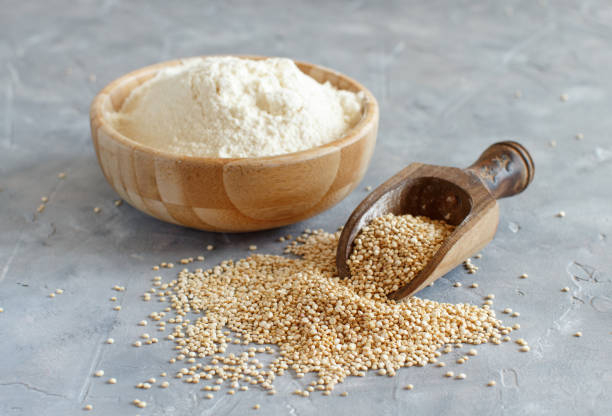
High in important vitamins and minerals -
According to certain research, eating quinoa may be beneficial to certain elements of health. In a 2020 trial, 40 elderly persons were given 0.5 ounces (15 grams) of quinoa flour biscuits every day for 28 days. Participants who ate the quinoa biscuits had considerably lower LDL (bad) cholesterol, total cholesterol, and body weight by the conclusion of the research than those who ate the wheat-based biscuits.
In a 2017 research, 50 adults with excess weight or obesity were given 1.8 ounces (50 grams) of quinoa daily for 12 weeks. When compared to the control group and a group that ingested 0.88 ounces of quinoa per day, those who ate the quinoa had significantly lower triglyceride levels. Even though these findings imply that quinoa has a good influence on metabolic health, your overall diet and lifestyle are the most important factors in lowering your risk of illness. A diet high in nutritious foods such as quinoa, vegetables, fruits, seafood, and beans is a smart method to safeguard your health and lower illness risk factors such as high blood cholesterol levels and high blood sugar levels.
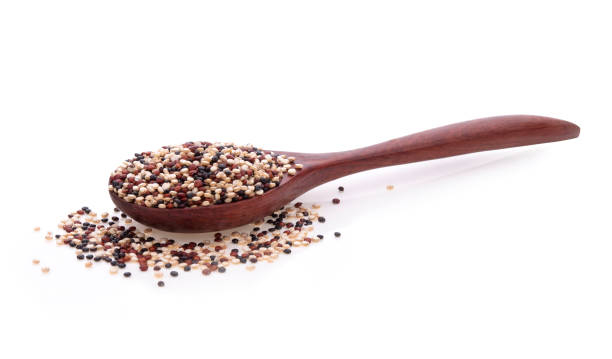
May have beneficial effects on metabolic health 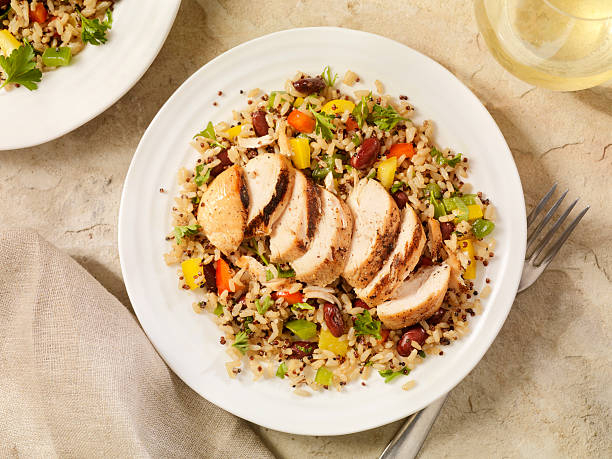
May have beneficial effects on metabolic health









